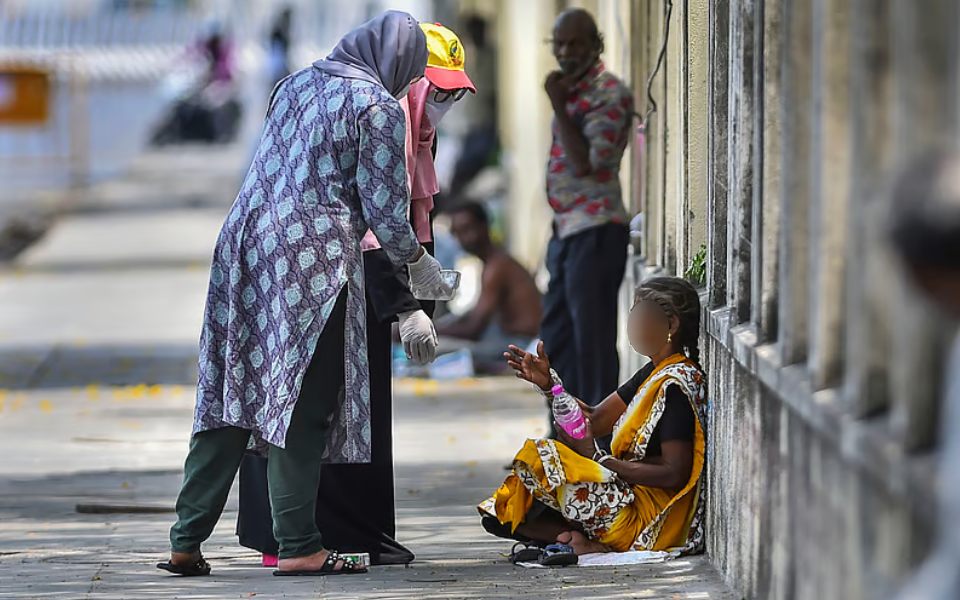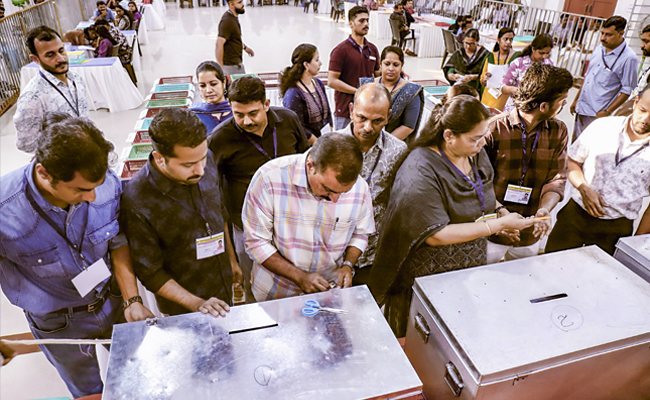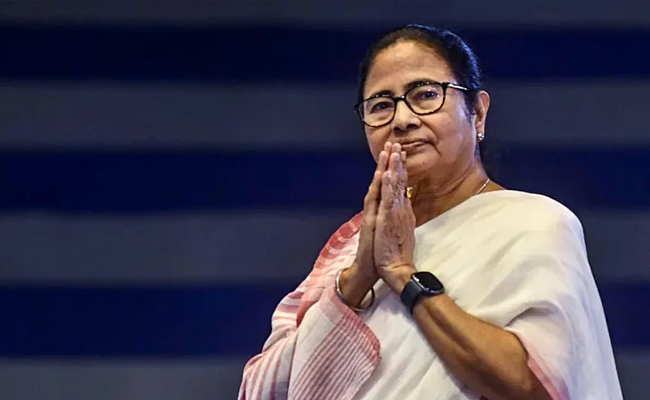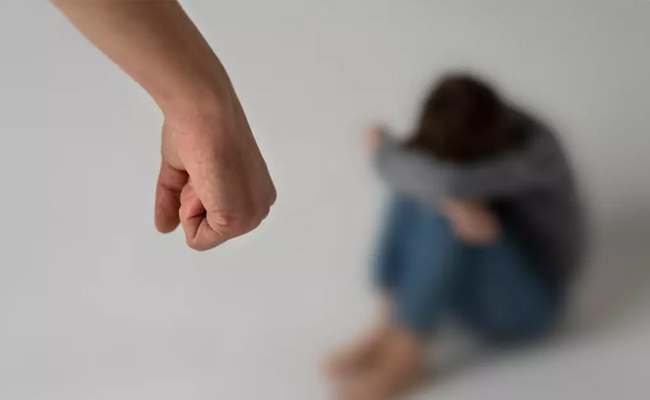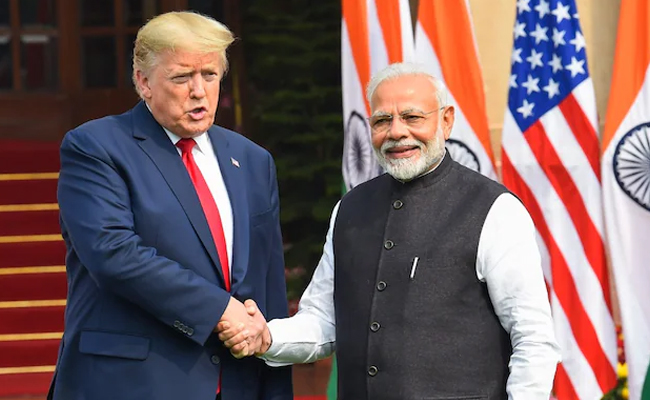New Delhi, Jun 8 (PTI): India's extreme poverty rate declined sharply to 5.3 per cent over a decade from 27.1 per cent in 2011-12 even as the World Bank revised upwards its threshold poverty line to USD 3 per day.
Given India's inflation rate between 2017 and 2021, a revised extreme poverty line of USD 3 would constitute a 15 per cent higher threshold than USD 2.15 expressed in 2021 prices and result in a 5.3 per cent poverty rate in 2022-23, the World Bank said in a report.
As against 34 crore people below poverty line (USD 3/per day) in 2011-12, the numbers have come down to 7.5 crore in 2022-23 in absolute numbers.
The World Bank has announced a major revision to global poverty estimates, raising the International Poverty Line (IPL) from USD 2.15/day (2017 PPP) to USD 3/day (2021 PPP), according to a factsheet issued by the Press Information Bureau (PIB) on the report.
"While the change led to a global increase in the count of extreme poverty by 125 million, India emerged as a statistical outlier in a positive direction. Using more refined data and updated survey methods, India not only withstood the raised threshold but also demonstrated a massive reduction in poverty," PIB said in its factsheet details issued on Saturday.
The new poverty line would have increased the count of global extreme poverty by 226 million people. But thanks to India's data revision, the net global increase was only 125 million, as India's revised data reduced the count by 125 million on its own, it said.
In India, the World Bank report said, 54,695,832 people lived on less than USD 3 per day in 2024. Thus, the poverty rate at USD 3 per day (2021 PPP -- percentage population) is 5.44 per cent in 2024.
The extreme poverty rate decreased from 16.2 to 2.3 per cent between 2011-12 and 2022-23, while the poverty rate at the lower middle income country (LMIC) line declined by 33.7 percentage points, it said.
Free and subsidised food transfers supported poverty reduction, and the rural-urban poverty gap narrowed. The five most populous states account for 54 per cent of the extremely poor, it said.
With regard to economy, the report said, real GDP of India was around 5 per cent below the pre-pandemic trend level as of FY25.
Growth should gradually converge back to potential over 2027-28 assuming the current global uncertainties are resolved in an orderly fashion, it said.
"The outlook, however, is subject to significant downside risks, as policy shifts may continue to unfold globally. Elevated trade tensions would dampen demand for India's exports and further delay the recovery in investment," it said.
The current account deficit is expected to average around 1.2 per cent of GDP over FY26-28 and remain adequately financed by capital inflows, it said, adding that foreign exchange reserves are projected to remain stable around 16 per cent of GDP.
India has lifted 171 million people from extreme poverty in the decade between 2011-12 and 2022-23, the World Bank said.
"Over the past decade, India has significantly reduced poverty. Extreme poverty (living on less than USD 2.15 per day) fell from 16.2 per cent in 2011-12 to 2.3 per cent in 2022-23, lifting 171 million people above this line, the World Bank had said in its 'Poverty & Equity Brief' on India in April.
The rural extreme poverty dropped from 18.4 per cent to 2.8 per cent, and urban from 10.7 per cent to 1.1 per cent, narrowing the rural-urban gap from 7.7 to 1.7 percentage points, it had said.
Let the Truth be known. If you read VB and like VB, please be a VB Supporter and Help us deliver the Truth to one and all.
Thiruvananthapuram (PTI): Buoyed by the strong performance of the Congress-led UDF in the local body polls, KPCC president Sunny Joseph said on Saturday that the front's results indicated the people had rejected the LDF government.
According to early trends, the UDF was leading in more grama panchayats, block panchayats, municipalities and corporations than the LDF.
The local body polls were held in two phases in the state earlier this week.
ALSO READ: Cong candidate who moved Kerala HC for name reinstatement in voter list, wins
Speaking to reporters here, Joseph said the people of Kerala had extended their support to the UDF.
"We could expose the LDF government’s anti-people stance and the people understood it. The LDF’s fake propaganda was rejected by the people. The UDF is moving towards a historic victory," he said.
He said a united effort, proper preparations, good candidate selection and hard work had resulted in the Congress and the UDF’s victory in the elections.
Asked about the prospects in the Thiruvananthapuram Corporation, Joseph said the party was studying the matter and would comment later.
LDF convenor T P Ramakrishnan said the results would be closely examined.
According to him, the government had done everything possible for the people.
"Why such a verdict happened will be examined at the micro level. People’s opinion will be considered and further steps will be taken," he said.
He added that decisions would be taken after analysing the results. "If any corrective measures are required, we will initiate them and move forward," he said.
AICC leader K C Venugopal said the results showed that people had begun ousting those who, he alleged, were responsible for the loss of gold at Lord Ayyappa’s temple.
"This trend will continue in the Assembly elections as well. It is an indication that the people are ready to bring down the LDF government," he said.
Venugopal said the UDF had registered victories even in CPI(M) and LDF strongholds.
"I congratulate all UDF workers for their hard work. Congress workers and leaders worked unitedly," he said.
Referring to remarks made by Chief Minister Pinarayi Vijayan against the Congress on polling day, Venugopal said the voters had responded through the verdict.
"I do not know whether the chief minister understands that the people are against him. Otherwise, he does not know the sentiment of the people. The state government cannot move an inch further," he said.
He said the results indicated a strong comeback for the UDF in Kerala.
Asked whether the Sabarimala gold loss issue had affected the LDF in the local polls, Venugopal said the CM and the CPI(M) state secretary did not take the issue seriously.
"We took a strong stand on the matter. The BJP played a foul game in it," he alleged.
On the BJP's role in the local body elections, Venugopal alleged that the party operated with the CPI(M) 's tacit support.
"The CPI(M) supported the central government on issues such as PM-SHRI, labour codes and corruption in national highway construction. The CPI(M) is facing ideological decline, and the state government’s policies are against the party’s own decisions," he said.
Meanwhile, LDF ally Kerala Congress (M) leader Jose K Mani said the party could not win all the wards it had expected in the elections.
He congratulated winners from all parties and said the party would closely examine the losses and identify shortcomings. "Later, we will take corrective measures," he added.
Senior Congress leader and MP Rajmohan Unnithan said the trends in the local body elections indicated that the UDF would return to power in the 2026 Assembly elections.
"We will win 111 seats as in 1977 and return to power in 2026. The anti-government sentiment of the people is reflected in the elections," he said.
Unnithan said the people were disturbed and unhappy with the present government.
"The trend indicates the end of the LDF government," he added.
CPI(M) MLA M M Mani said the people had shown ingratitude towards the LDF despite benefiting from welfare schemes.
"After receiving all welfare schemes and living comfortably, people voted against us due to some temporary sentiments. Is that not ingratitude," he asked.
Mani said no such welfare initiatives had taken place in Kerala earlier.
"People are receiving pensions and have enough to eat. Even after getting all this, they voted against us. This is what can be called ingratitude," he said.
Muslim League state president Panakkad Sayyid Sadiq Ali Shihab Thangal said the results were beyond expectations.
"The outcome points towards the Secretariat in Thiruvananthapuram, indicating that a change of government is imminent. We are going to win the Assembly election," he said.

